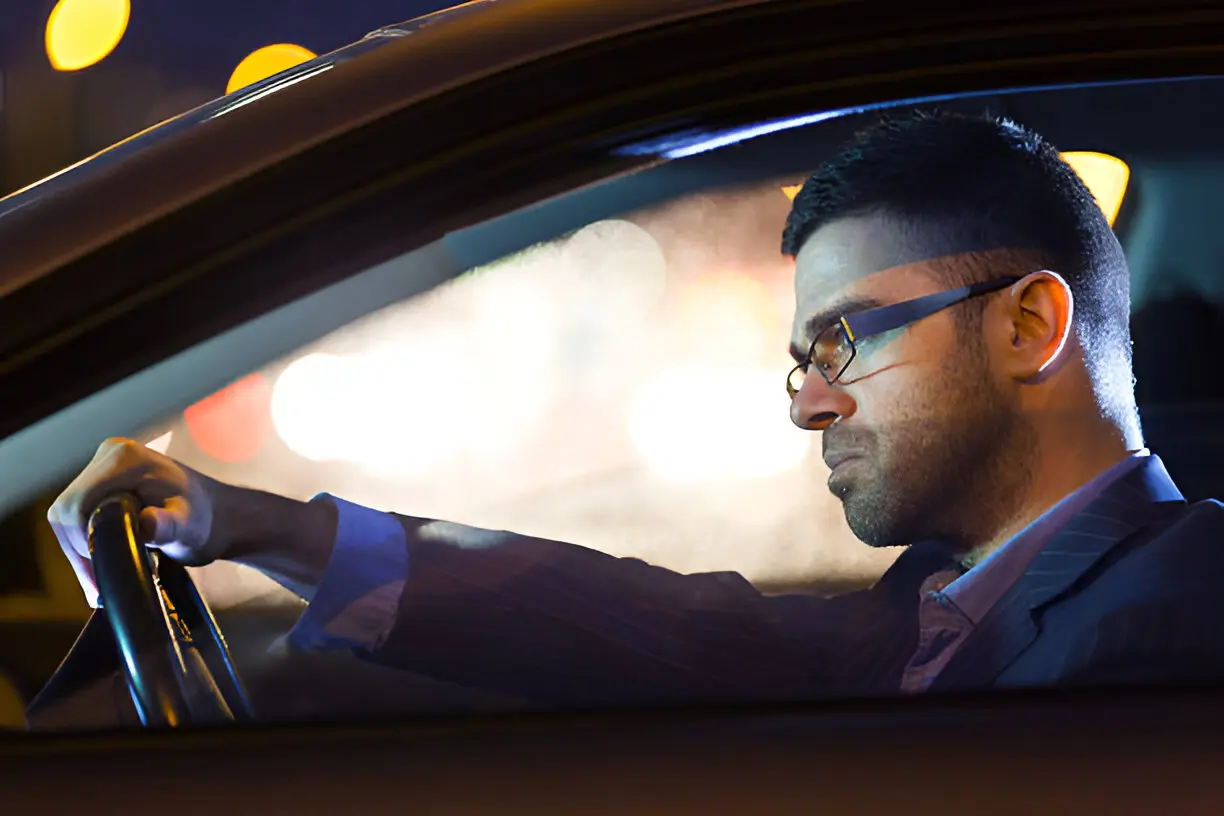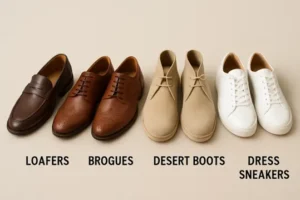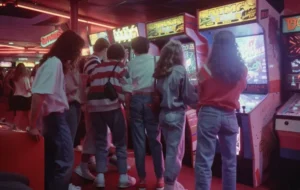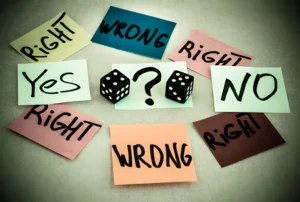Nighttime driving can be stressful for many, as visibility drops and oncoming headlights magnify glare, making even familiar routes more demanding. If you already wear prescription glasses or have ever considered specialized glasses for night vision, the right eyewear can offer significant relief and improved safety on the road. Incorporating targeted strategies and quality products into your routine can alleviate eye fatigue and help you drive more safely at night.
Reducing glare isn’t just about comfort—it’s about ensuring every second behind the wheel is as safe as possible. Glare affects reaction times, increases mistakes, and, over time, can lead to chronic eye strain. Implementing a few effective habits can transform your night driving experience.
Maintain Clean Windshields and Mirrors
The simplest yet most overlooked remedy for nighttime glare is keeping your windshield and mirrors spotless. Even a thin film of dust or streaks can scatter the beam from headlights and traffic signals, multiplying the effect of glare and making it harder to see. Always clean the inside and outside of your windshield—and don’t forget the mirrors. Keeping your headlights clear and properly adjusted is equally important, as dirty headlights lower the amount of light available and encourage glare from reflective surfaces. Regular cleaning and maintenance of your vehicle’s glass and lighting systems is essential for clear night vision.
In addition to personal vehicle care, it’s essential to use windshield wiper fluid suited for the season to minimize smearing. Replace your windshield wipers at least once a year and monitor for any streaking after use, since even subtle blemishes can disrupt your line of sight and amplify glare from streetlights or headlights.
Use Anti-Reflective Lenses
If you wear glasses, upgrading to lenses with an anti-reflective (AR) coating makes a remarkable difference when driving after dark. AR-coated lenses help filter out nighttime headlight glare and streetlight reflections, letting more light pass through to your eyes and ensuring everything you see is sharper and less dazzling. These coatings also prevent the “halo” effect many drivers experience when headlights or road signs create a distracting glow in their field of view.
Adjust Interior Lighting
The lighting inside your vehicle might seem harmless, but overly bright dashboard lights or controls can reduce your eyes’ sensitivity to the darkness outside. Dimming your dashboard and instrument panel lights is a quick solution that allows your eyes to better adapt to low-light conditions. This minimizes windshield reflections and keeps your eyes from repetitively adjusting between the bright lights inside and the dark surroundings outside, reducing fatigue and keeping your attention on the road.
Properly Align and Use Headlights
Poorly aligned headlights don’t just blind other drivers—they also put you at risk by unevenly illuminating the road ahead. Misaligned beams may point too high or too low, worsening glare and making it hard to see key road features. Ensure headlights are properly adjusted according to your vehicle manual, and use your high beams responsibly: switch to low beams when you approach oncoming cars or drive behind another vehicle. Regularly checking and adjusting your headlights keeps everyone on the road safer, especially in rural or poorly lit areas.
Take Regular Breaks to Rest Your Eyes
Driving long distances at night isn’t just hard on your vehicle—it’s tough on your eyes. Prolonged focus in low light can tire the delicate muscles responsible for vision, slowing reaction times and making it easier to become distracted by glare. Plan regular stops every couple of hours to combat eye fatigue to stretch, hydrate, and look at distant objects that relieve your eye muscles. Even a few minutes standing outside your car and focusing on something far away can refresh your vision for the next leg of your journey.
Stay Hydrated and Use Lubricating Eye Drops
Dry eyes worsen sensitivity to light and glare, especially when driving at night. Staying well hydrated supports your eyes’ ability to produce necessary tears, and lubricating eye drops can offer immediate relief from dryness or irritation. If you are prone to dry eyes, carry lubricating drops when you travel, especially during colder months, or if your car’s heater reduces air humidity. These steps can distinguish between squinting through every mile or driving in comfort.
Schedule Regular Eye Exams
Routine eye exams ensure your night vision is as sharp as possible. Conditions like astigmatism, early cataracts, or changes in prescription can go unnoticed in daily life but severely impact your night driving safety. An eye care professional can diagnose these issues early and help guide your selection of lenses or additional corrective measures. Keeping your vision up to date ensures you can see and react to all the potential hazards on the road at night.
From cleaning glass surfaces to investing in the right eyewear and car maintenance, small changes add to big improvements in your night driving experience. Prioritizing your vision and taking care of your vehicle allows you to enjoy nighttime travel with greater comfort and confidence.
Also Read-Proven Strategies for Secure Car Transport








